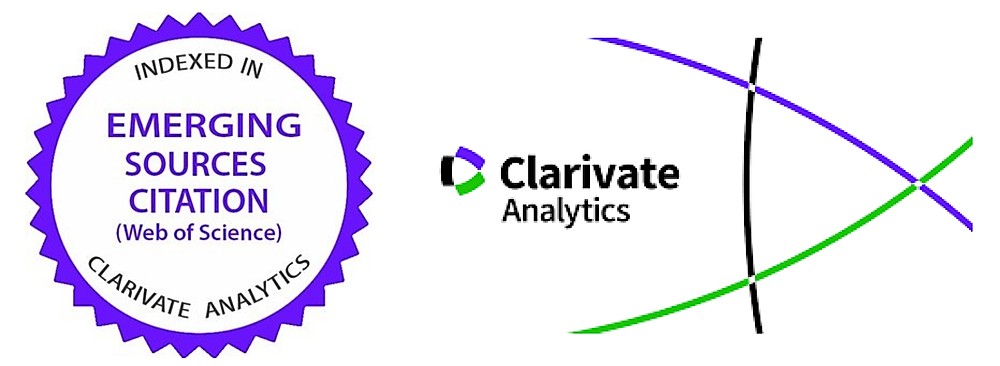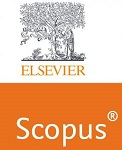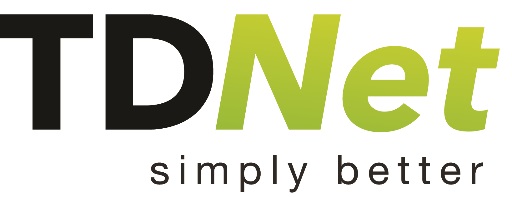Price Stickiness in US-corn Market: Evidence From DSGE-VAR Simulation
Abstract
This study examines price stickiness in the United States (US) corn market using annual series data, on the dollar price of corn per bushel, obtained from the United States Department of Agriculture (USDA) and Federal Reserve Bank of Saint Louis (FRED), between 1930 and 2017. The study implemented the Calvo price stick model based on an agent in a general equilibrium and New Keynesian type, simulated using DSGE-VAR. The approach permits the indexing formula to include expected corn inflation rather than lagged inflation. The results show that corn price inflation only persists by 2% every trading year, resulting from changes in the immediate future corn-price inflation and output-gap, respectively. The shock to stochastic term only causes a partial decline in the corn price, converging at a future date with its long-run equilibrium. The experiment confirmed that corn price fluctuations are beyond the purview of the domestic economy, and any attempt to impose price policies will offset the price setting, creating further distortions and a wider gap in the corn yield. The study provides fresh insight into the Calvo price stick model of the New Keynesian type and its use to forecast agricultural outcomes.



























